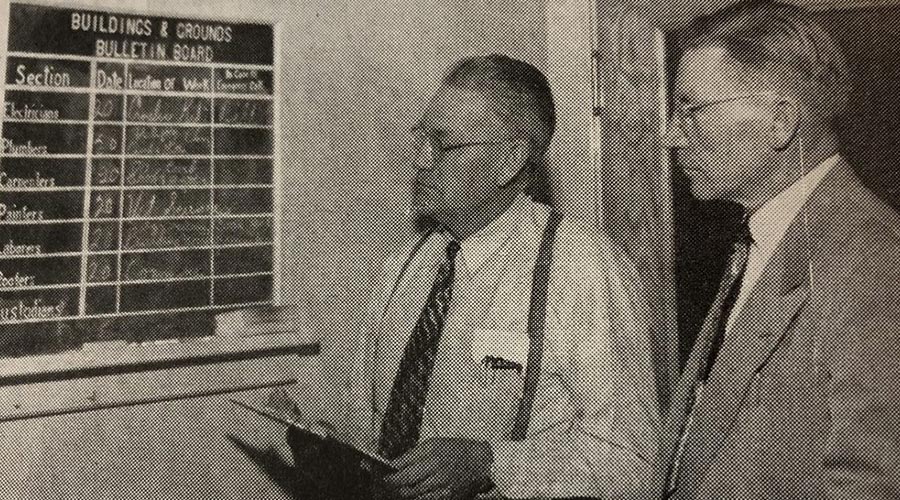Economic Sustainability Can Justify Facility Investments
The financial pressures of the last five years stymied many efforts to improve the performance of buildings. But a careful bottom-line analysis can make it easier to identify projects that will have the best chance of getting funded. The ultimate goal of such an economic sustainability program is to increase long-term profitability.
A list of possible considerations for any initiative includes:
• Bottom line/profit
• Direct costs
• Indirect costs
• Opportunity costs: manpower, cash
• Competing projects
• Payback
• Cost avoidance
• Direct savings
• Indirect savings
A five-step process can be used to identify projects on the basis of economic sustainability. Before examining that five-step process, however, two metrics must be understood:
• Total Cost of Ownership (TCO): This is a concept that seeks to quantify all the direct and the indirect costs and cost savings involved in an action. What is most powerful about this model is that it does not focus simply on up-front costs, but identifies cost savings or cash flows several years from now.
• Return on Investment (ROI) analysis using Net Present Value (NPV): This analysis looks at a project as an investment and its return, but recognizes that there is a cost to money and there is a time value of money. This assumes that you either need to borrow money at an interest percentage, or you can take money you already have and put in low-risk government bonds, as an alternative. The time value of money is incorporated into the ROI analysis using the net present values of future cash flows. This recognizes that cash flow near term is more valuable than the same cash event much later on.
With those metrics in mind, facility managers can use a five step process to identify projects that will have the most significant impact on the bottom line.
1. Determine Mission-Critical Building Systems (Level A): The systems that are absolutely essential for an organization to continue running is where an economic sustainability program should start. These might be defined as those systems whose failure could affect operations by:
• Shutting down business functions.
• Dealing with injuries that will affect operations.
• Incurring and addressing sanctions from jurisdictional bodies.
Other systems can be rated as Business-Operations Critical (Level B) and Negligible Impact/Run to Failure (Level C).
2. Assess Facility Conditions: Using a facility condition assessment program, determine the condition of the Level A and Level B systems. From this assessment identify:
• Remaining useful life.
• Cost to replace or rebuild.
• Annual maintenance cost, if any.
3. Analyze Utility and Waste Costs: These include annual expenditure on fuel, water, sewer, trash, and other wastes.
4. Identify Opportunities: Based on the above data, identify the implementation cost and the cost savings/cost avoidance associated with projects. In one organization, the following priority list was used:
A. Mission Critical Systems: Increase reliability or provide redundant systems
B. Business Operations Critical: Replacement before end of predicted service life
C. Reduction of Electrical Consumption: Power, lighting
D. Reduction of Other Fuel Consumption: Fuel oil, diesel, natural gas, propane
E. Reduction of Fuel Costs: Cogeneration, demand programs, multiple fuel options
F. Reduction of Water Consumption: Plumbing, irrigation, rainwater runoff
G. Reduction of Wastes: Sewer, recyclables, trash, exhaust, repurpose as fuel
H. Enhance Air Quality and Increase Natural Lighting: Working environment improvements
5. Calculate ROIs and Rank Opportunities: Whittle down the priority list by determining the TCO and ROI of each opportunity. The mission-critical items should have best ROIs: If the actions aren’t taken, the result should be significant revenue losses. Conversely, an action thought to be mission-critical that does not have a great ROI perhaps is not so mission-critical.
F. Joshua Millman, AIA, LEED-AP, CFM, is principal at Facilities Planners + Architects (FP+A), Inc., a facility management and sustainability consulting firm specializing in facility planning, project management and facility design. Millman can be reached at jmillman@facplan.com.
Related Topics:










